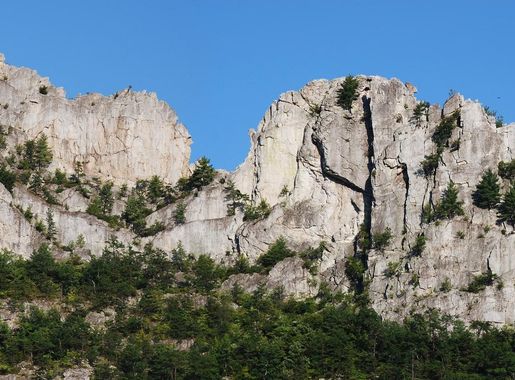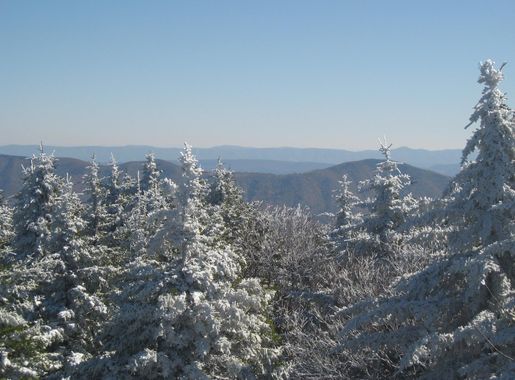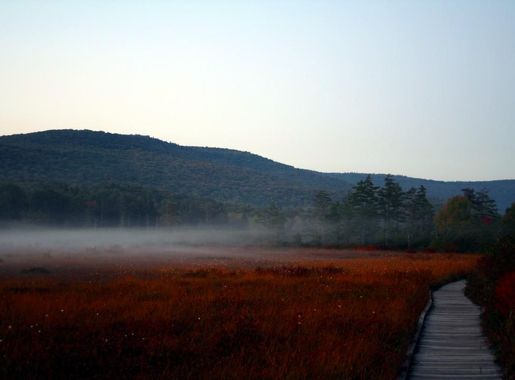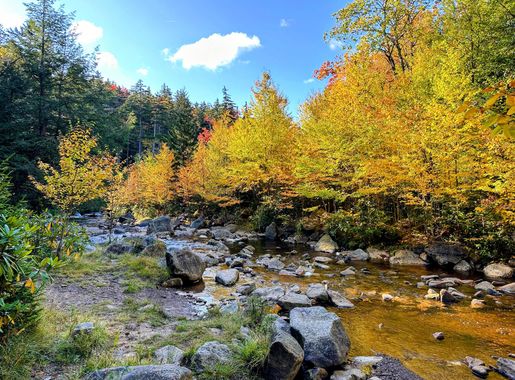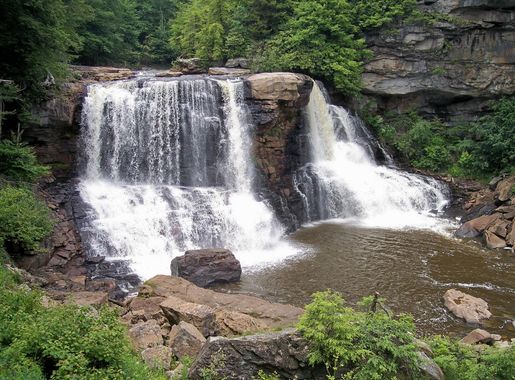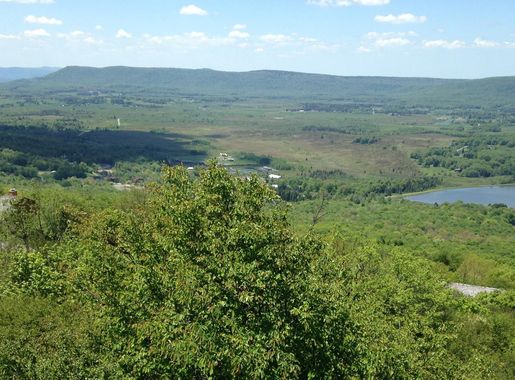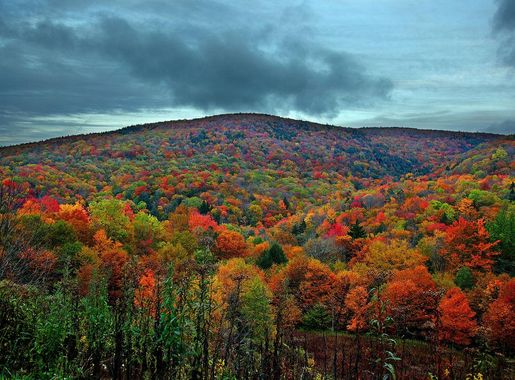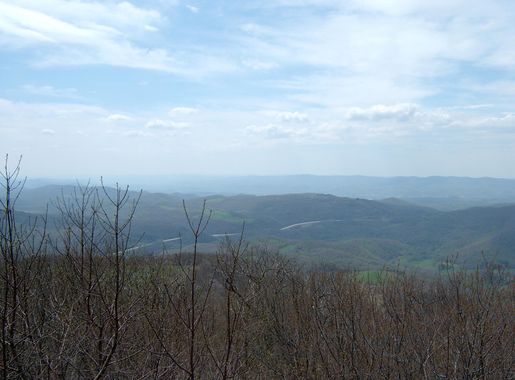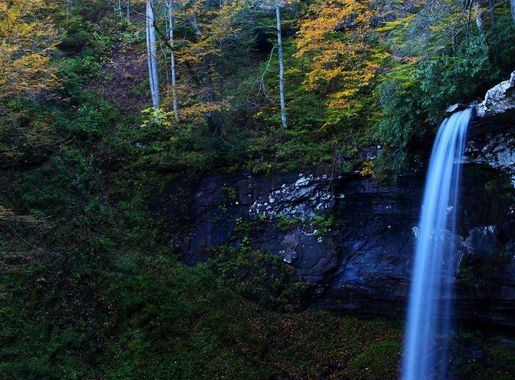
Monongahela National Forest: A Wilderness Wonderland
Explore the vast wilderness of Monongahela National Forest, where natural beauty, outdoor adventures, and wildlife encounters await in the heart of West Virginia.
Nestled in the Allegheny Mountains of West Virginia, Monongahela National Forest is a sprawling natural paradise that offers a diverse range of outdoor activities. Covering nearly one million acres, the forest is a haven for hikers, campers, and nature lovers. With over 800 miles of trails, you can explore lush forests, stunning waterfalls, and scenic vistas. The forest is also home to some of the highest peaks in the state, such as Spruce Knob, which stands at 4,863 feet. The Monongahela National Forest is rich in biodiversity. You can encounter a variety of wildlife, including black bears, white-tailed deer, and a plethora of bird species. The forest's rivers and streams are perfect for fishing and kayaking, adding to the adventure. For those interested in geology, the forest features fascinating rock formations and caves, making it a treasure trove for amateur geologists. Whether you're looking to embark on a challenging hike, enjoy a peaceful camping trip, or simply soak in the natural beauty, Monongahela National Forest has something for everyone. The changing seasons bring a new palette of colors and experiences, making it a year-round destination. From the vibrant wildflowers of spring to the fiery foliage of fall, each visit offers something unique.
Local tips in Monongahela National Forest
- Check the weather forecast as conditions can change rapidly, especially at higher elevations.
- Bring a map and compass, as cell service can be unreliable in remote areas.
- Visit during the fall for spectacular foliage views.
- Stop by the Seneca Rocks Discovery Center for information and tips.
- If you plan to camp, book your site in advance, especially during peak seasons.
Monongahela National Forest: A Wilderness Wonderland
Nestled in the Allegheny Mountains of West Virginia, Monongahela National Forest is a sprawling natural paradise that offers a diverse range of outdoor activities. Covering nearly one million acres, the forest is a haven for hikers, campers, and nature lovers. With over 800 miles of trails, you can explore lush forests, stunning waterfalls, and scenic vistas. The forest is also home to some of the highest peaks in the state, such as Spruce Knob, which stands at 4,863 feet. The Monongahela National Forest is rich in biodiversity. You can encounter a variety of wildlife, including black bears, white-tailed deer, and a plethora of bird species. The forest's rivers and streams are perfect for fishing and kayaking, adding to the adventure. For those interested in geology, the forest features fascinating rock formations and caves, making it a treasure trove for amateur geologists. Whether you're looking to embark on a challenging hike, enjoy a peaceful camping trip, or simply soak in the natural beauty, Monongahela National Forest has something for everyone. The changing seasons bring a new palette of colors and experiences, making it a year-round destination. From the vibrant wildflowers of spring to the fiery foliage of fall, each visit offers something unique.
When is the best time to go to Monongahela National Forest?
Iconic landmarks you can’t miss
Pricketts Fort State Park
Explore the rich history and breathtaking landscapes of Pricketts Fort State Park, where nature and heritage beautifully intertwine.
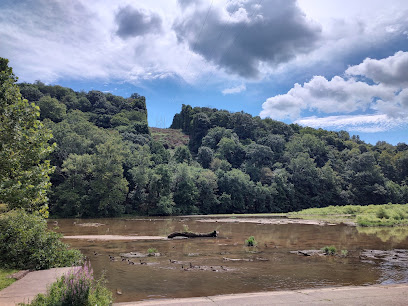
Bear Rocks Preserve
Explore the stunning vistas and diverse wildlife at Bear Rocks Preserve, a nature lover's paradise in West Virginia.
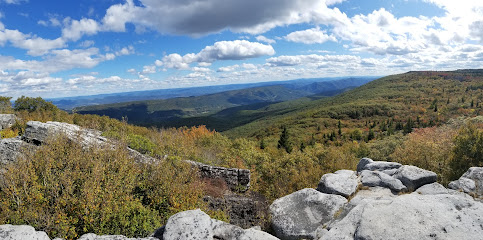
Bickle Knob Observation Tower
Discover the stunning vistas of the Appalachian Mountains at Bickle Knob Observation Tower in Monongahela National Forest, a serene retreat for nature lovers.
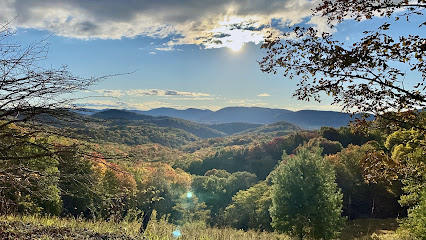
Cranberry Mountain Nature Center
Discover the beauty of West Virginia at Cranberry Mountain Nature Center, where nature education meets breathtaking outdoor adventures.

Olson Observation Tower
Discover the stunning vistas at Olson Observation Tower in West Virginia's Monongahela National Forest, an ideal destination for nature lovers and adventure seekers.
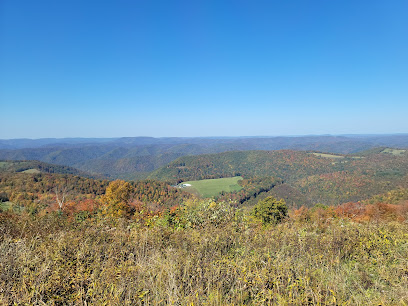
Seneca Rocks South Peak
Experience the breathtaking beauty of Seneca Rocks South Peak, a scenic spot in West Virginia perfect for hiking and outdoor adventures.
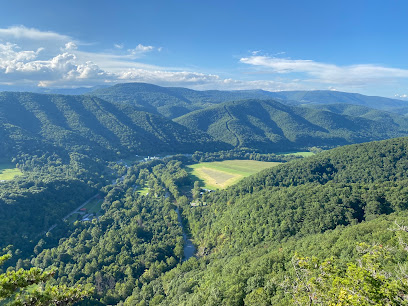
Gaudineer Scenic Area
Explore the breathtaking landscapes and serene hiking trails of Gaudineer Scenic Area, a tranquil escape in the heart of West Virginia's natural beauty.
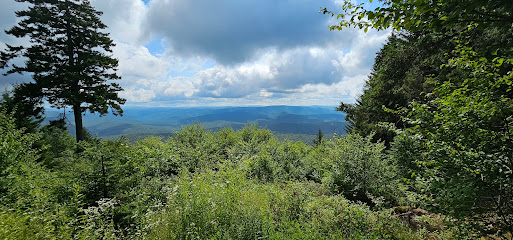
Cheat Summit Fort
Discover Cheat Summit Fort, a historic battle site in West Virginia offering a blend of rich history and stunning natural beauty for an unforgettable experience.
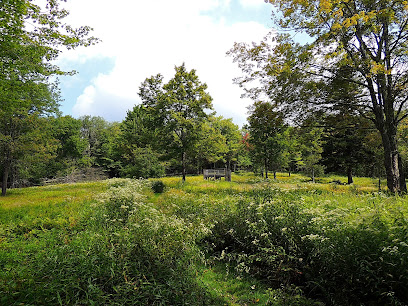
Monongahela National Forest - Greenbrier Ranger District Office
Explore the breathtaking landscapes and diverse ecosystems of Monongahela National Forest in West Virginia, a haven for outdoor enthusiasts and nature lovers.
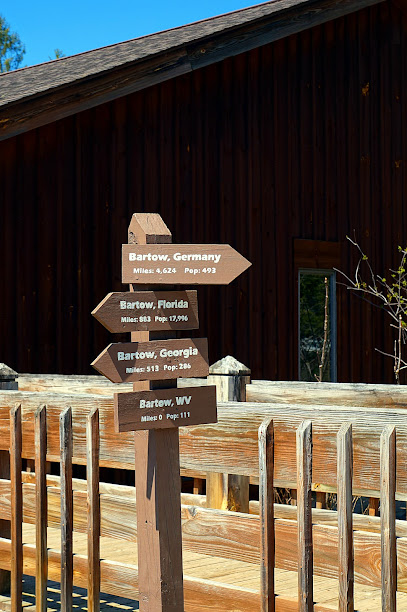
Monongahela National Forest Sign
Explore the Monongahela National Forest Sign, your gateway to breathtaking landscapes and endless outdoor adventures in West Virginia.

Monongahela National Forest - Cheat Ranger Station
Discover the breathtaking landscapes and outdoor adventures at Cheat Ranger Station in Monongahela National Forest, West Virginia.

Unmissable attractions to see
Coopers Rock State Forest
Explore the breathtaking beauty and diverse landscapes of Coopers Rock State Forest in West Virginia—an outdoor paradise for nature lovers and adventurers.
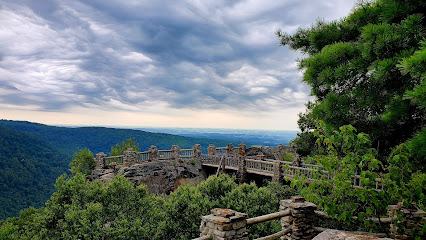
Hawks Nest State Park
Explore Hawks Nest State Park: A breathtaking natural retreat with stunning views, hiking trails, and outdoor adventures in the heart of West Virginia.
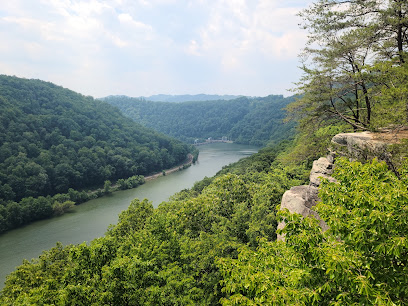
Cathedral Falls
Experience the tranquility of Cathedral Falls in Gauley Bridge, WV—an enchanting waterfall surrounded by lush landscapes that invites exploration and relaxation.
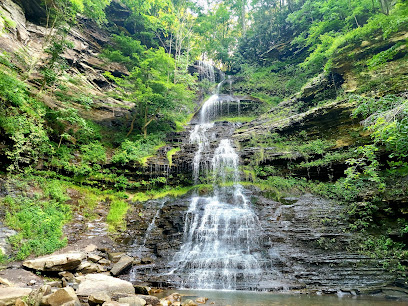
Smoke Hole Caverns
Discover the stunning underground landscapes and rich history of Smoke Hole Caverns in West Virginia, a must-visit destination for nature lovers.
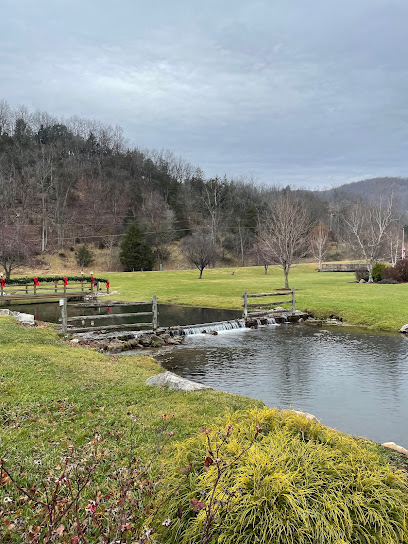
Pricketts Fort State Park
Explore Pricketts Fort State Park, where history meets nature in a stunning West Virginia setting, ideal for adventure, relaxation, and family fun.
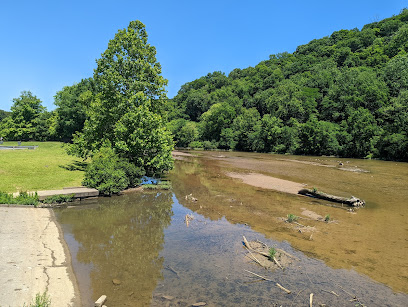
Watoga State Park
Experience the breathtaking landscapes and outdoor adventures at Watoga State Park, a true natural gem in West Virginia.
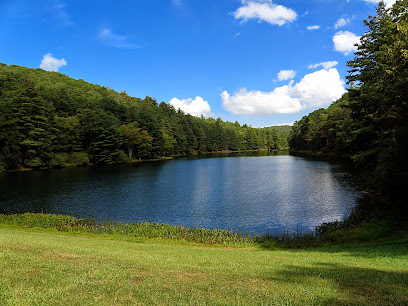
Seneca Rocks Trailhead
Experience the breathtaking beauty and outdoor adventures at Seneca Rocks Trailhead, a must-visit hiking destination in West Virginia.
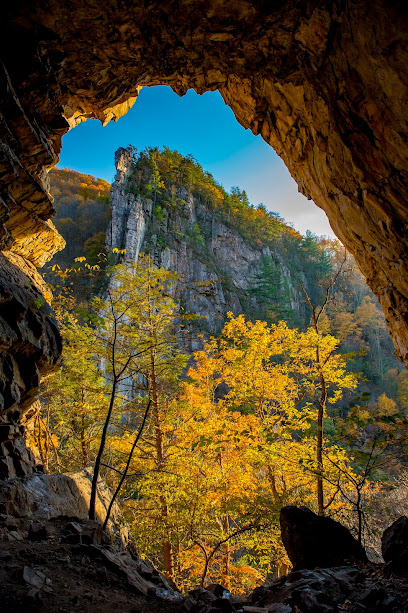
Lost River State Park
Experience the breathtaking landscapes and diverse wildlife at Lost River State Park, a hidden gem in West Virginia perfect for outdoor adventures and serenity.
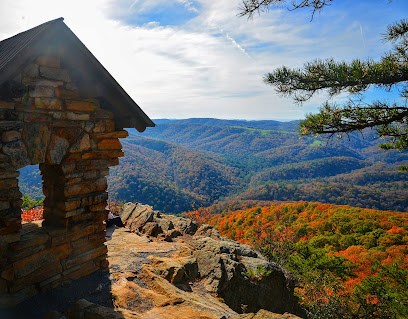
Carnifex Ferry Battlefield State Park
Explore the rich history and breathtaking scenery of Carnifex Ferry Battlefield State Park, a serene escape into nature and the past.
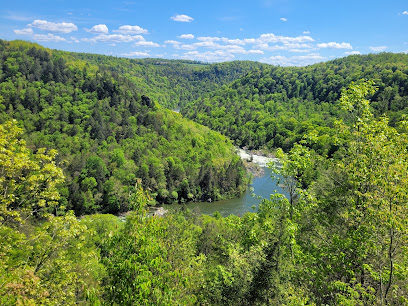
Douglas Falls
Explore Douglas Falls: A stunning waterfall in West Virginia's Blackwater Canyon, perfect for hiking and nature photography.

Bear Rocks Preserve
Experience the serene beauty of Bear Rocks Preserve, a natural escape in West Virginia with stunning vistas and diverse wildlife.
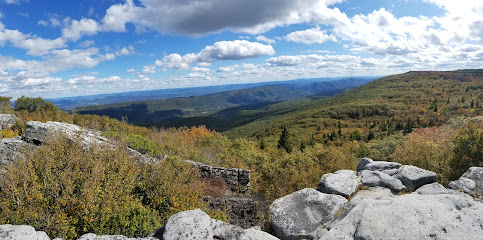
Bickle Knob Observation Tower
Discover the stunning vistas of the Allegheny Mountains at Bickle Knob Observation Tower, a hidden gem in West Virginia's Monongahela National Forest.
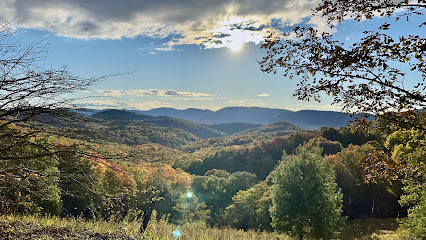
Green Bank Observatory Science Center
Discover the universe at Green Bank Observatory Science Center, where science meets adventure in the heart of West Virginia's mountains.
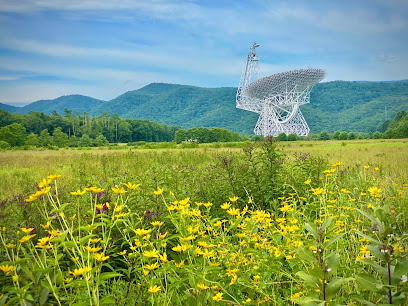
Olson Observation Tower
Discover breathtaking views and natural beauty at Olson Observation Tower, a must-visit attraction in West Virginia's stunning wilderness.
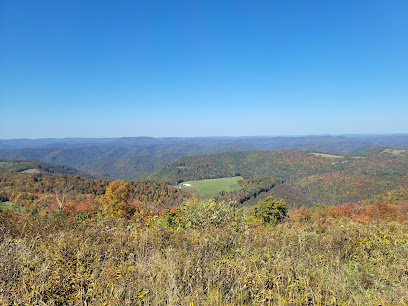
Green Bank Telescope
Discover the universe at the Green Bank Telescope, the world's largest steerable radio telescope, nestled in the scenic hills of West Virginia.
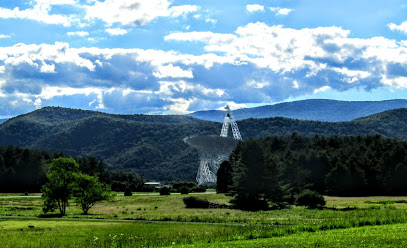
Essential places to dine
Cheddar's Scratch Kitchen
Discover the taste of traditional American comfort food at Cheddar's Scratch Kitchen in Triadelphia – where every dish is made from scratch.
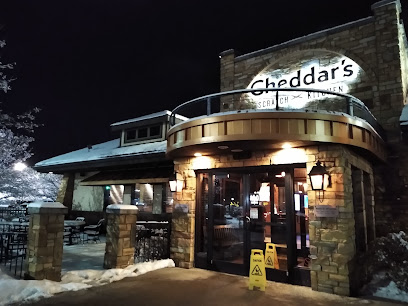
Olive Garden Italian Restaurant
Savor authentic Italian cuisine at Olive Garden in Triadelphia—where every meal feels like a family gathering.
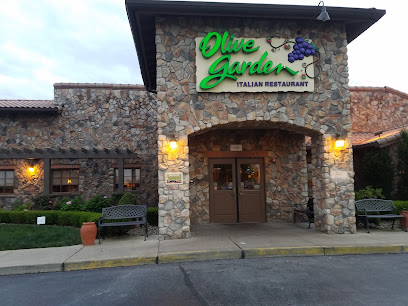
Texas Roadhouse
Experience mouthwatering hand-cut steaks and warm hospitality at Texas Roadhouse in Triadelphia - the ultimate destination for American dining.
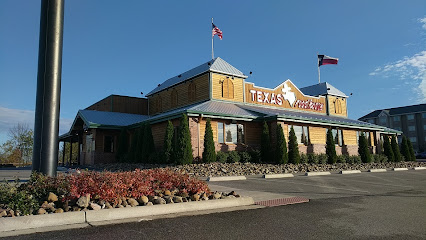
Primanti Bros. Restaurant and Bar
Savor the iconic taste of Primanti Bros., where delicious sandwiches meet a vibrant sports bar atmosphere in Triadelphia.
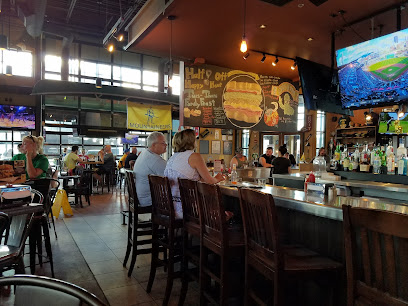
Pizza Hut
Experience delicious pizza and wings at Pizza Hut Kingwood – perfect for family gatherings and quick takeout!
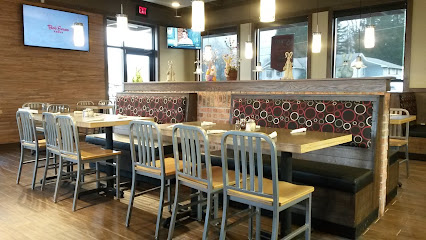
LongHorn Steakhouse
Experience authentic American cuisine at LongHorn Steakhouse—where every steak is grilled to perfection and every meal is a celebration.
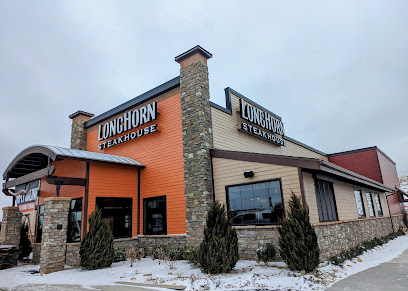
The Mingo Saloon & Lodge
Discover rustic charm and culinary delights at The Mingo Saloon & Lodge - your perfect getaway in West Virginia's beautiful landscapes.

Markets, malls and hidden boutiques
Berdine's 5 & Dime
Experience a nostalgic shopping adventure at Berdine's 5 & Dime, a variety store filled with unique treasures and local charm in Harrisville, WV.
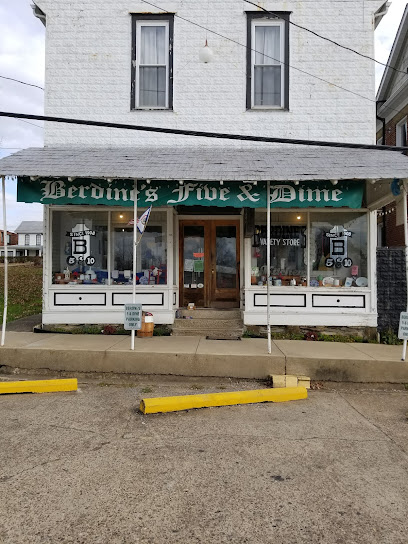
Nitro Antique Mall LLC
Discover unique antiques and collectibles at Nitro Antique Mall in Nitro, West Virginia – a treasure trove for vintage lovers and collectors alike.
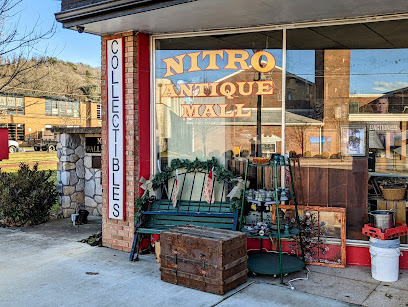
Sisters' Antiques LLC
Explore Sisters' Antiques LLC in Sutton, WV, for a unique collection of vintage treasures and timeless finds that celebrate history and craftsmanship.
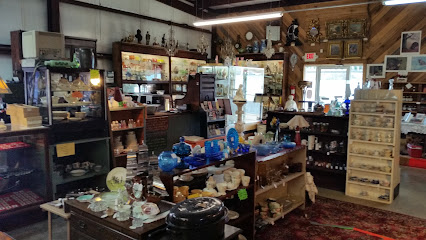
Dove's Outlet Village
Explore Dove's Outlet Village in Fayetteville, WV for an unforgettable shopping experience filled with unique gifts, home goods, and local crafts.
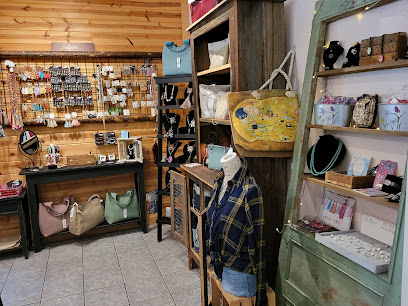
Delmonte Market
Discover Delmonte Market in Elkins, WV – a charming gift shop brimming with locally crafted treasures and unique finds for every traveler.
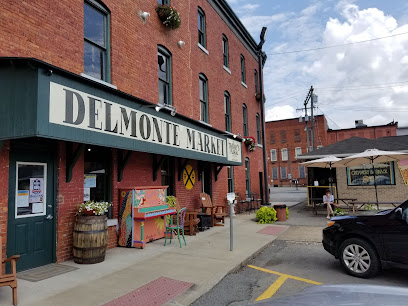
Harper's Old Country Store
Experience the heart of Appalachia at Harper's Old Country Store – your gateway to local crafts, snacks, and warm hospitality in Seneca Rocks, WV.
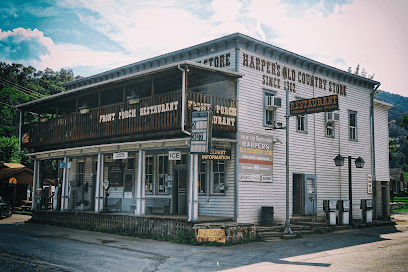
Wildcat Grocery
Discover local flavors and essentials at Wildcat Grocery, the perfect stop for Snowshoe Mountain adventurers and food lovers.
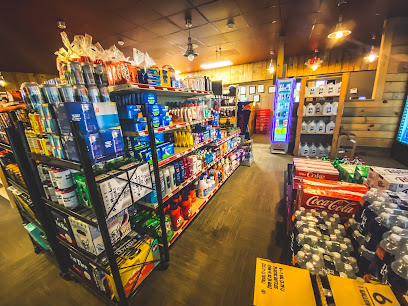
The Old Timey Shop Antique Mall
Explore the charm of yesteryear at The Old Timey Shop Antique Mall, where vintage treasures await discovery.
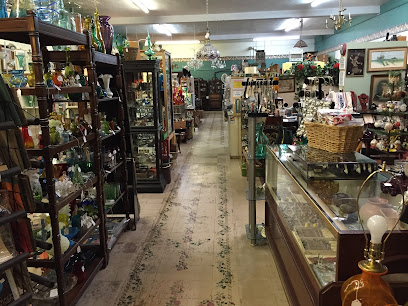
Serendipity Gifts & Toys
Explore Serendipity Gifts & Toys in Elkins, WV - a whimsical destination for unique gifts and charming toys for all ages.
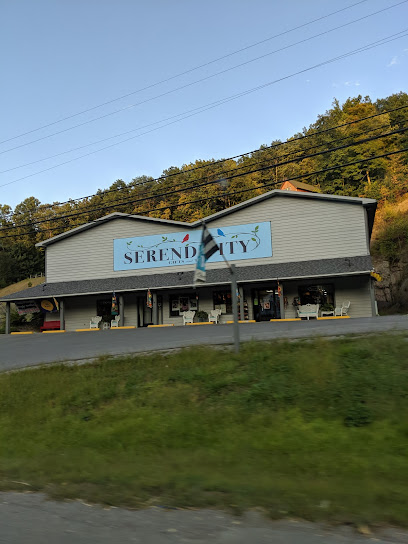
DG Market
Explore DG Market in Mill Creek for budget-friendly groceries, household essentials, and party supplies in West Virginia's charming atmosphere.
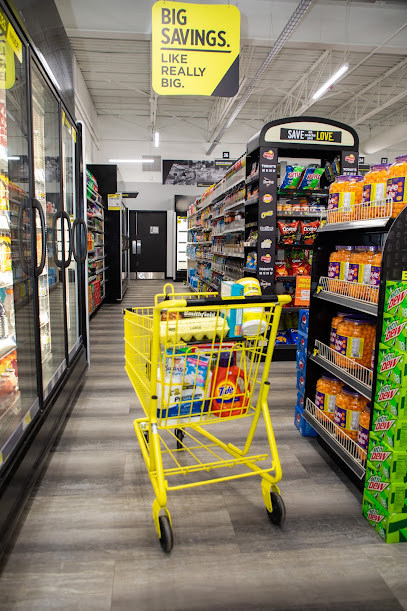
Appalachian Oddities
Explore the unique charm of Appalachian Oddities, a gift shop and escape room center in Weston, West Virginia, offering local crafts and fun experiences.
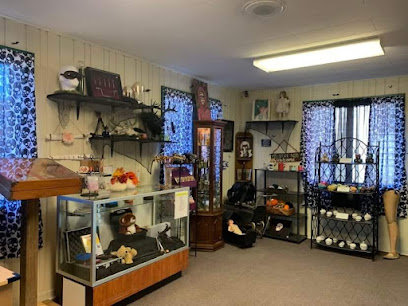
Dinah's Boutique at Floral Acres
Explore Dinah's Boutique at Floral Acres for exquisite bridal gowns and personalized service in the heart of West Virginia's scenic beauty.

Lucy's Grocery
Discover local flavors and artisanal goods at Lucy's Grocery in Marlinton, a must-visit for tourists exploring the beauty of West Virginia.
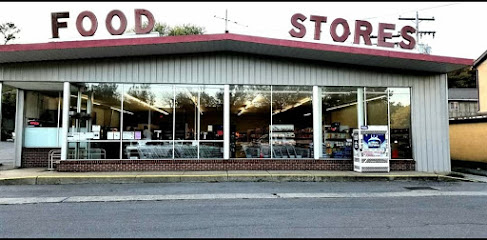
Alderson's Store
Explore Alderson's Store for a unique shopping experience featuring antiques, books, and local crafts in the charming town of Alderson, West Virginia.
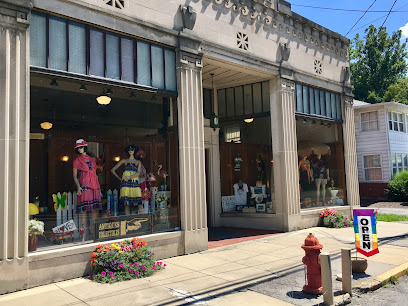
Ella & Company
Explore Ella & Company in Thomas, WV, for unique gifts, antiques, and home goods that celebrate local craftsmanship and creativity.
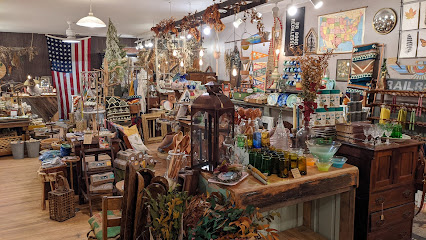
Essential bars & hidden hideouts
Purple Fiddle
Experience the lively ambiance of Purple Fiddle, an iconic bar and live music venue in Thomas, West Virginia, perfect for food lovers and music enthusiasts.
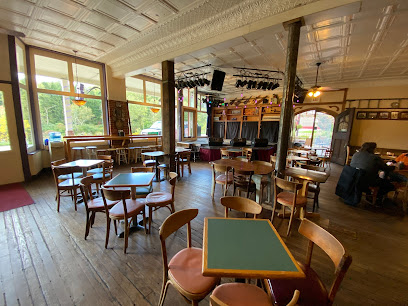
Touch of Texas
Touch of Texas in Bunker Hill, WV, offers an unforgettable nightlife experience with great food, drinks, and dancing in a vibrant atmosphere.
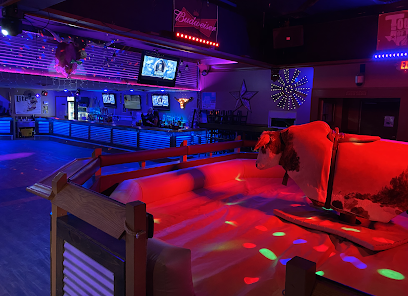
Foxfire Grille
Experience the unique flavors of West Virginia at Foxfire Grille, where mountain charm meets culinary delight in Snowshoe.
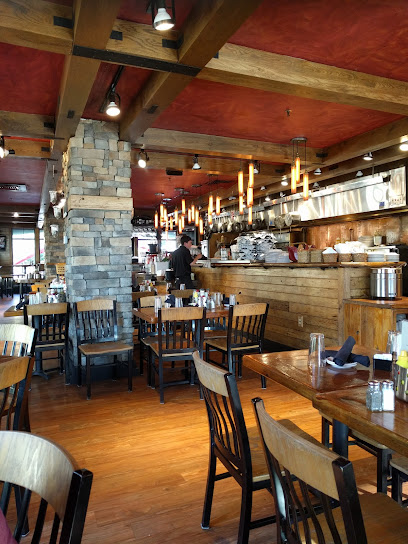
Starters Grill
Discover the delightful Starters Grill in Williamson, WV, where local flavors meet a vibrant atmosphere for an unforgettable dining experience.
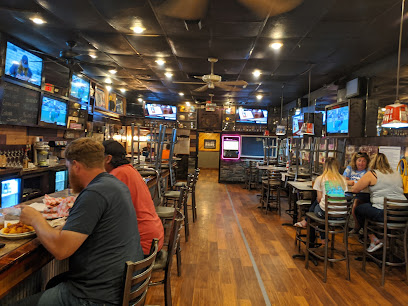
The Junction Ale House
Discover the flavors of America at The Junction Ale House, your go-to dining spot in Snowshoe, WV, offering hearty meals and a cozy atmosphere.
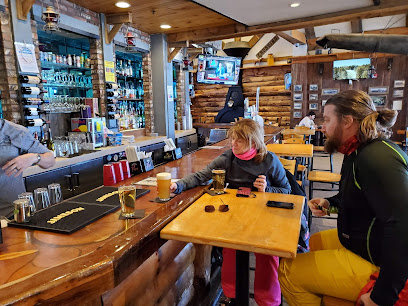
Foster's Main Street Tavern
Discover the inviting charm of Foster's Main Street Tavern, your go-to American pub in Beckley, WV for delicious food and fun.
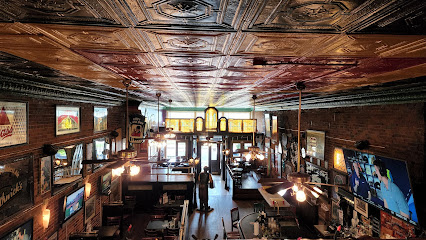
Vino's Bar and Grill
Experience the vibrant ambiance and delicious cuisine at Vino's Bar and Grill, Charleston's favorite spot for nightlife and dining.

Trailhead Bar & Grill
Discover the local flavors of Matewan at the Trailhead Bar & Grill, where delicious food meets a warm, inviting atmosphere.
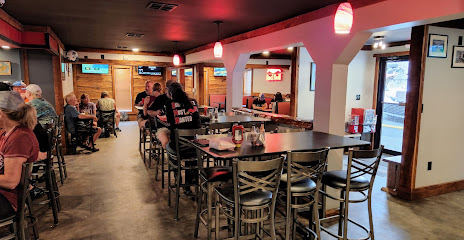
Old Spruce Brewing
Experience the finest craft beers at Old Spruce Brewing in Snowshoe, WV - a true gem for beer lovers and outdoor adventurers alike.
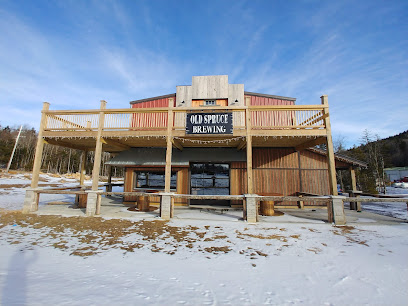
The Union Pub and Grill
Experience the vibrant flavors and welcoming atmosphere of The Union Pub and Grill in Huntington, where great food meets local charm.
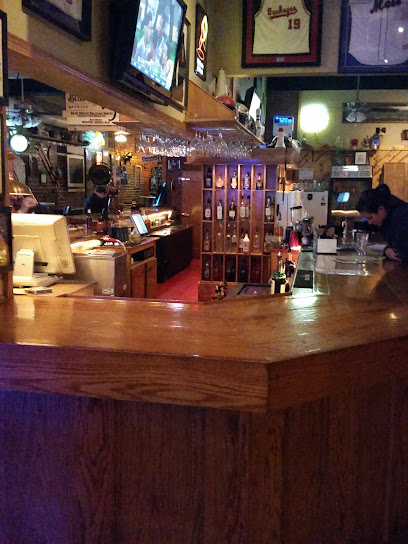
Tuque's Bar and Grill
Discover the best of American cuisine at Tuque's Bar and Grill in Snowshoe, where delicious food meets a cozy atmosphere.
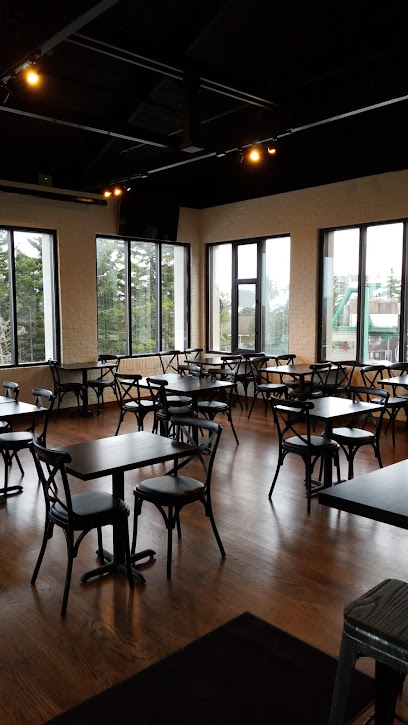
Bar 101
Experience the vibrant nightlife at Bar 101 in Charleston, WV, where delicious cocktails, delectable food, and sports excitement await.
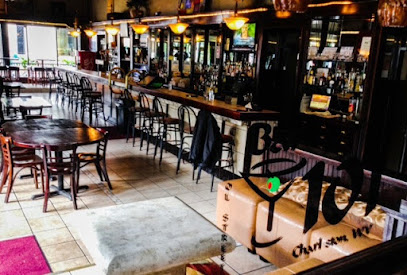
Station 2 Restaurant & Motel
Discover the perfect blend of comfort and cuisine at Station 2 Restaurant & Motel in scenic Durbin, West Virginia.

Whiskey River Grill
Discover the flavors of Bowden at Whiskey River Grill, where delicious food and breathtaking river views come together for an unforgettable dining experience.
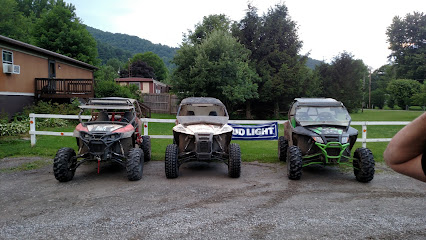
Sunset Cantina
Experience the vibrant flavors and warm atmosphere of Sunset Cantina in Snowshoe Mountain, a perfect dining spot for your mountain adventures.
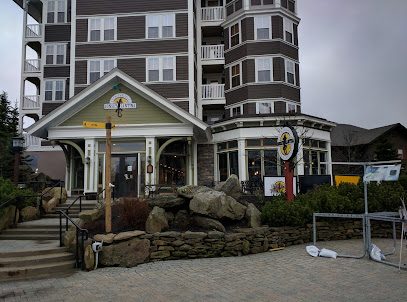
Local Phrases about Monongahela National Forest
-
- HelloHowdy
[haw-dee] - GoodbyeSee ya
[see yuh] - YesYup
[yuhp] - NoNaw
[naw] - Please/You're welcomePlease/No problem
[pleez/no prob-lem] - Thank youThanks
[thanks] - Excuse me/SorryPardon me/My bad
[par-dun me/my bad] - How are you?How y'all doin'?
[how yall doo-in] - Fine. And you?Fine. How 'bout you?
[fine. how bout yuh] - Do you speak English?Y'all speak English?
[yall speak ing-glish] - I don't understandI ain't catchin' on
[I aint catch-in on]
- HelloHowdy
-
- I'd like to see the menu, pleaseCan I see what y'all got to eat?
[can I see what yall got to eat] - I don't eat meatI don't do meat
[I dont do meat] - Cheers!Bottoms up!
[bot-ums up] - I would like to pay, pleaseI reckon I'll settle up
[I reckon ill settle up]
- I'd like to see the menu, pleaseCan I see what y'all got to eat?
-
- Help!Help a hand!
[help a hand] - Go away!Git outta here!
[git outta here] - Call the Police!Get the law on the line!
[get the law on the line] - Call a doctor!Get a doc over here!
[get a doc over here] - I'm lostI'm turned around
[Im turned around] - I'm illI'm feelin' poorly
[Im feelin poorly]
- Help!Help a hand!
-
- I'd like to buy...I'm fixin' to purchase...
[Im fixin to purchase] - I'm just lookingI'm just browsin'
[Im just brows-in] - How much is it?What's the damage?
[whats the dam-age] - That's too expensiveThat's highfalutin
[Thats high-falutin] - Can you lower the price?Can y'all do better on the price?
[Can yall do better on the price]
- I'd like to buy...I'm fixin' to purchase...
-
- What time is it?What's the hour?
[Whats the hour] - It's one o'clockIt's one of the clock
[Its one of the clock] - Half past (10)Half-past (10)
[Half-past (10)] - MorningMornin'
[Mornin] - AfternoonAfternoon
[Afternoon] - EveningEvenin'
[Evenin] - YesterdayYest'day
[Yestday] - TodayToday
[Today] - TomorrowTomorrah
[Tomorrah] - 1One
[One] - 2Two
[Two] - 3Three
[Three] - 4Four
[Four] - 5Five
[Five] - 6Six
[Six] - 7Seven
[Seven] - 8Eight
[Eight] - 9Nine
[Nine] - 10Ten
[Ten]
- What time is it?What's the hour?
-
- Where's a/the...?Where's the...
[Wheres the] - What's the address?Where's it at?
[Wheres it at] - Can you show me (on the map)?Can you point me the way?
[Can you point me the way] - When's the next (bus)?When's the next (bus)?
[Whens the next bus] - A ticket (to ....)A ticket (to ....)
[A ticket (to ....)]
- Where's a/the...?Where's the...
History of Monongahela National Forest
-
Established in 1920, Monongahela National Forest was created to conserve the vast and diverse ecosystems of the Appalachian Mountains. It covers nearly a million acres of rugged terrain, ranging from highland bogs to hardwood forests. The forest was named after the Monongahela River, which flows through the region and plays an essential role in its ecology.
-
During the Great Depression, the Civilian Conservation Corps (CCC) played a crucial role in the development of Monongahela National Forest. From 1933 to 1942, the CCC built roads, trails, fire towers, and recreational facilities, many of which are still in use today. Their work not only provided employment during tough economic times but also laid the foundation for the forest's infrastructure.
-
Created in 1965, the Spruce Knob-Seneca Rocks National Recreation Area is part of Monongahela National Forest and encompasses two of its most iconic landmarks. Spruce Knob, the highest point in West Virginia at 4,863 feet, offers breathtaking views of the surrounding landscape. Seneca Rocks, a towering fin of Tuscarora sandstone, is a popular spot for rock climbing and attracts adventurers from around the world.
-
Long before European settlers arrived, the Monongahela National Forest area was home to Native American tribes, including the Shawnee and the Seneca. These tribes utilized the forest's abundant resources for hunting, fishing, and foraging. Artifacts and remnants of their presence, such as arrowheads and pottery shards, have been discovered throughout the forest, providing a glimpse into their way of life.
-
In the late 19th and early 20th centuries, the Monongahela National Forest experienced a logging boom. Timber companies harvested the forest's vast stands of red spruce and other valuable trees, leading to the construction of an extensive network of railroads. These railroads not only transported timber but also shaped the region's economy and development. The remnants of old logging camps and rail lines can still be explored today.
-
Throughout the 20th century, efforts to conserve and protect Monongahela National Forest intensified. In 1975, the forest's Cranberry Wilderness was designated as one of the first wilderness areas east of the Mississippi River. This designation ensures the preservation of its pristine landscapes and ecosystems for future generations. Additional wilderness areas, such as Dolly Sods and Otter Creek, have since been established, highlighting the forest's commitment to conservation.
-
Monongahela National Forest is a mosaic of cultural influences, from the early European settlers who brought their customs and traditions to the region to the Appalachian folk music and crafts that continue to thrive. Visitors can explore historic homesteads, attend local festivals, and experience the unique Appalachian culture that has been shaped by the forest's natural beauty and resources.
Monongahela National Forest Essentials
-
Monongahela National Forest is located in the eastern part of West Virginia, USA. The nearest major airports are Dulles International Airport (IAD) in Washington, D.C., and Pittsburgh International Airport (PIT) in Pennsylvania, both of which are roughly a 3-4 hour drive from the forest. Car rentals are available at both airports. Alternatively, you can take a Greyhound bus to nearby towns like Elkins or Marlinton, and then rent a car or use local transportation to reach the forest.
-
Once within the Monongahela National Forest, having a car is the most convenient way to explore, as public transportation options are limited. Some popular trails and sites have parking areas. For those who prefer not to drive, guided tours and shuttle services are available from towns like Elkins. Bicycles and ATVs are also popular modes of exploring certain areas, but be sure to check which trails allow these vehicles.
-
The official currency is the United States Dollar (USD). Credit cards are widely accepted, but it's wise to carry some cash, especially if you plan to visit more remote areas or small towns within the forest. ATMs can be found in nearby towns like Elkins and Marlinton, but they may be scarce within the forest itself.
-
Monongahela National Forest is generally a safe destination for tourists. However, standard precautions should be taken. Avoid leaving valuables in plain sight in your vehicle and be cautious when hiking off the beaten path. While there are no specific high-crime areas targeting tourists, always stay aware of your surroundings and let someone know your itinerary if venturing into remote areas.
-
In case of emergency, dial 911 for immediate assistance. Cell phone coverage can be spotty in the forest, so it's advisable to carry a map and compass. Local emergency services and medical facilities are available in nearby towns like Elkins. It's also recommended to carry a first aid kit and have travel insurance that covers medical emergencies.
-
Fashion: Do wear sturdy hiking boots and weather-appropriate clothing. Layers are recommended due to fluctuating temperatures. Avoid wearing overly flashy jewelry or clothing. Religion: Respect local customs and the natural environment. Public Transport: There is limited public transport, so plan accordingly. Don't rely solely on public transport for your visit. Greetings: Do greet people with a friendly 'Hello' or 'Hi'. West Virginians are generally friendly and welcoming. Eating & Drinking: Do try local delicacies like trout and wild mushrooms. Don't litter; always pack out what you pack in.
-
To experience Monongahela National Forest like a local, visit during the fall when the foliage is at its peak. Engage with rangers and locals who can offer insider tips on the best trails and hidden gems. Don't miss the Cranberry Glades Botanical Area for unique flora or the Highland Scenic Highway for breathtaking views. Participate in local events like the Mountain State Forest Festival in Elkins for a taste of regional culture.
Trending Landmarks in Monongahela National Forest
-
Pricketts Fort State Park
-
Bear Rocks Preserve
-
Bickle Knob Observation Tower
-
Cranberry Mountain Nature Center
-
Olson Observation Tower
-
Seneca Rocks South Peak
-
Gaudineer Scenic Area
-
Cheat Summit Fort
-
Monongahela National Forest - Greenbrier Ranger District Office
-
Monongahela National Forest Sign
-
Monongahela National Forest - Cheat Ranger Station
Nearby Cities to Monongahela National Forest
-
Things To Do in Staunton
-
Things To Do in Harrisonburg
-
Things To Do in Clarksburg
-
Things To Do in Lewisburg
-
Things To Do in Fairmont
-
Things To Do in Morgantown
-
Things To Do in Charlottesville
-
Things To Do in Beckley
-
Things To Do in Roanoke
-
Things To Do in Lynchburg
-
Things To Do in Blacksburg
-
Things To Do in Charleston
-
Things To Do in Parkersburg
-
Things To Do in Marietta
-
Things To Do in Bluefield

